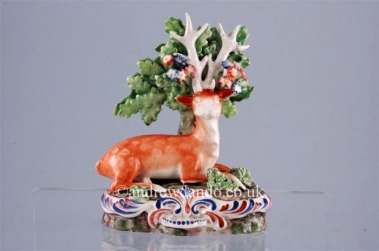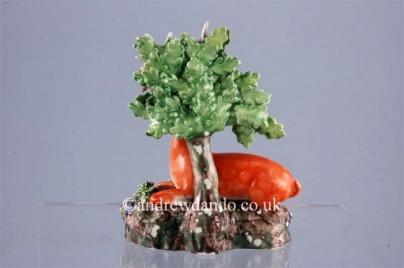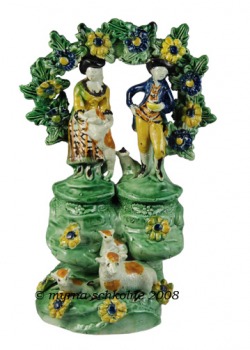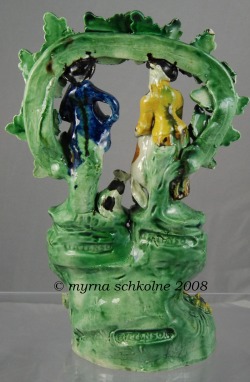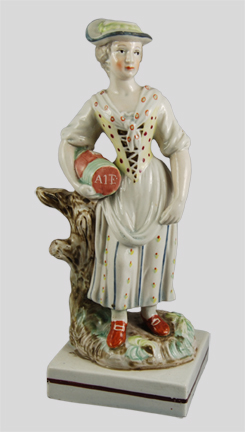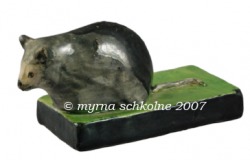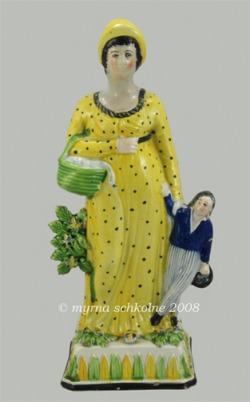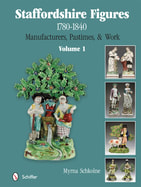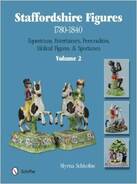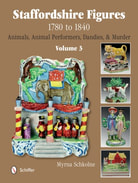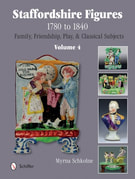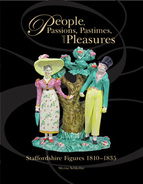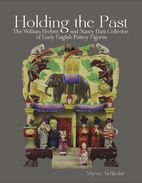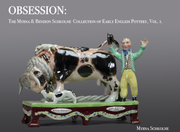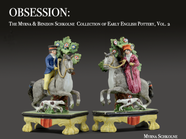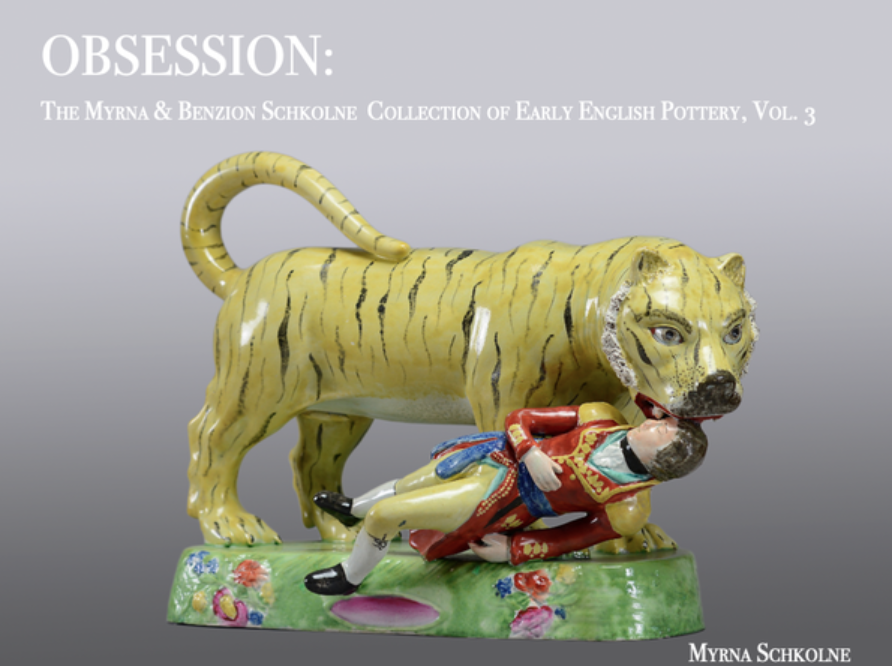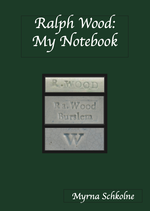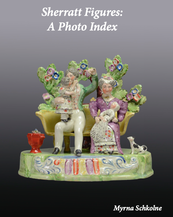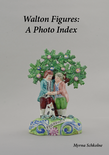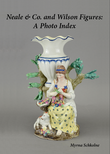I have avoided writing about items for sale on the web, but after all this is MY blog, so here goes. Have you noticed the lovely little stag sitting on Andrew Dando's site?
Now fault this if you can! Look at the sumptuosly scrolled base, the lavish bocage, the stag's softly dappled coat, the colors of the scrolling mirrored in the colors of the bocage flowers, and those antlers, those antlers, those antlers.....hard to believe those towering antlers have escaped damage over a 200 year period, isn't it?
You can look at larger-than-life-sized photos of this figure at http://www.andrewdando.co.uk/3.pottfig1-og-col.htm. Note Andrew's meticulous condition report disclosing negligible restoration to bocage tips and minor flaking of enamels (that has wisely been left untouched.) Dealers like Andrew stake their reputations on their condition reports and there are no disclaimers attached--the same cannot be said of auction house condition reports, which are so often scant on "conditon" and long on "disclaimers"! So with this treasure just an email away, why would you buy at auction?
